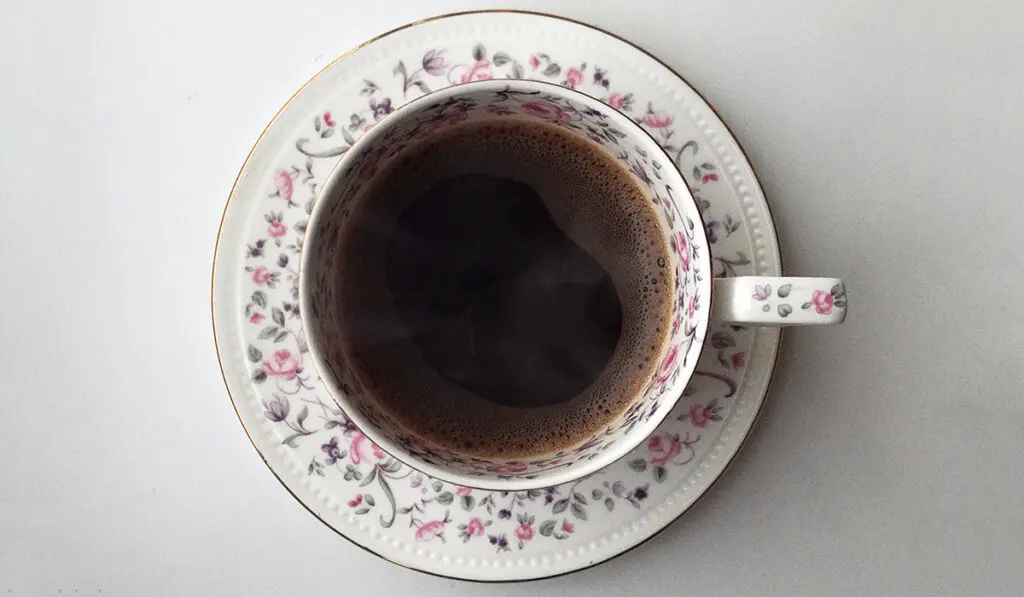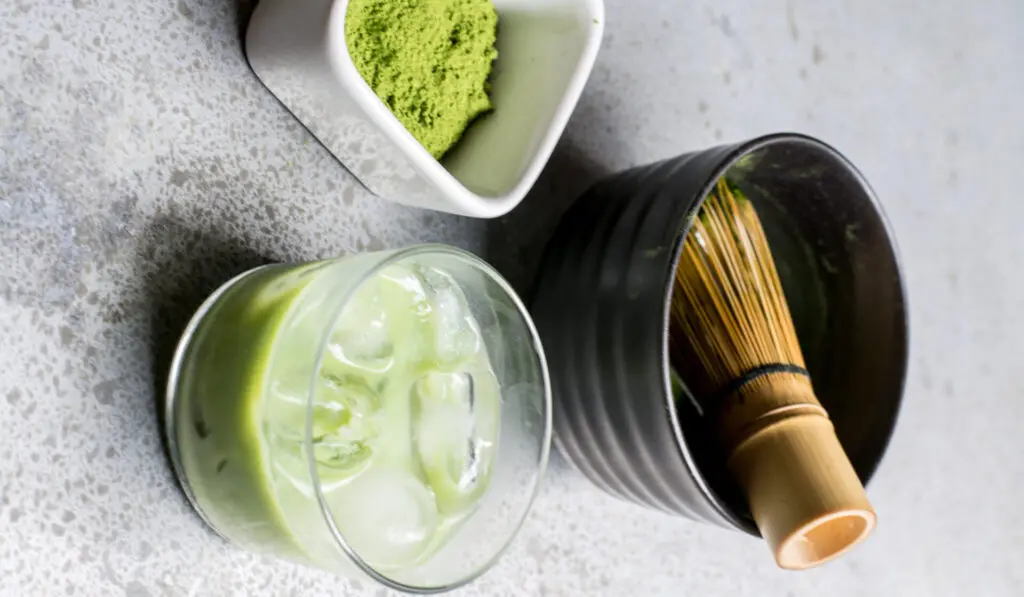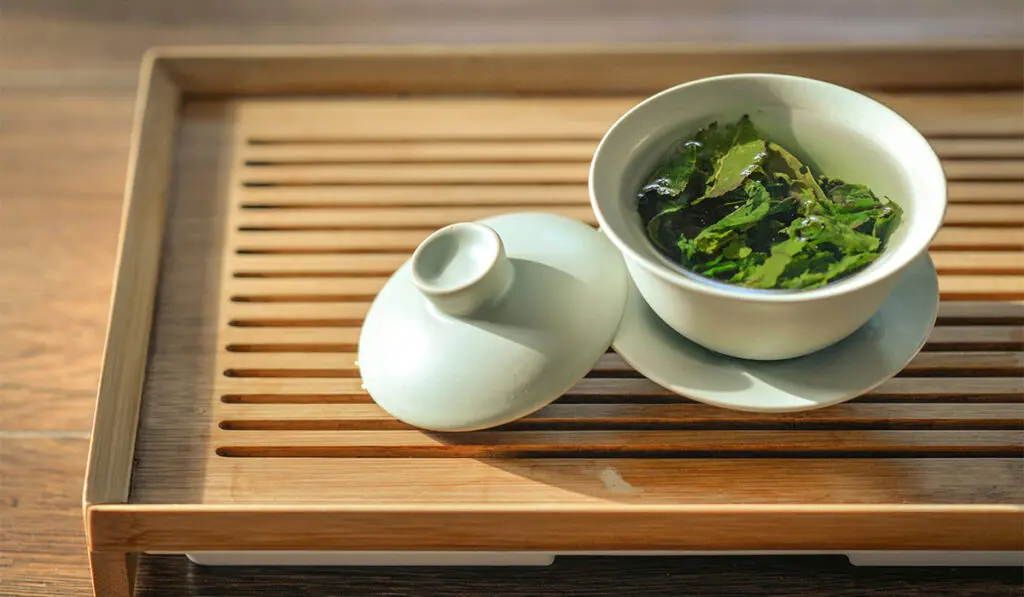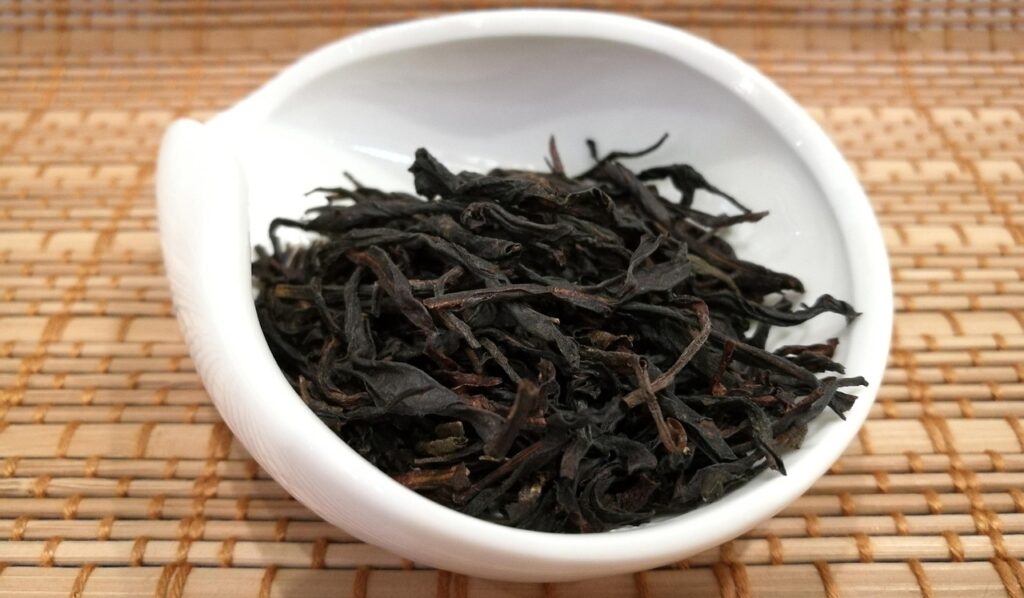
Blog

A Beginner’s Guide to Selecting Your First English Tea Set
Introduction to English Tea Sets English tea sets embody not only the art of brewing tea but also the elegance and sophistication associated with British culture. Dating back to the 17th century, the tradition of afternoon tea introduced a variety of delicate teapots, cups, and accessories that are still cherished today. A well-curated tea…
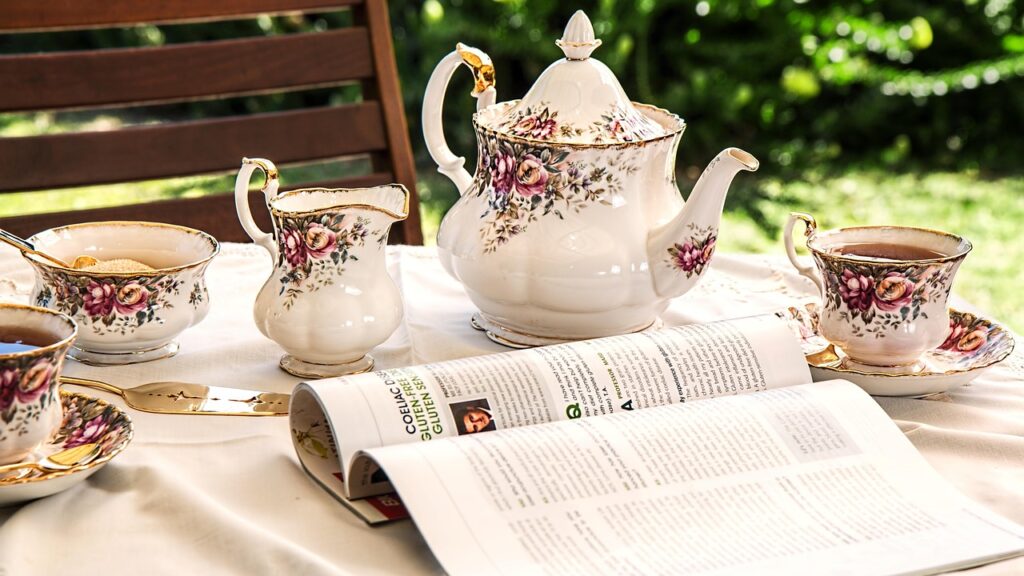
The Ultimate Guide to Choosing the Perfect Tea Set for Every Occasion
Introduction Tea is not just a beverage; it’s an experience that combines tradition, culture, and social interaction. Whether you are hosting a lavish afternoon tea, enjoying a quiet moment by yourself, or celebrating a special occasion with loved ones, the right tea set can elevate your experience from mundane to memorable. A well-chosen tea…
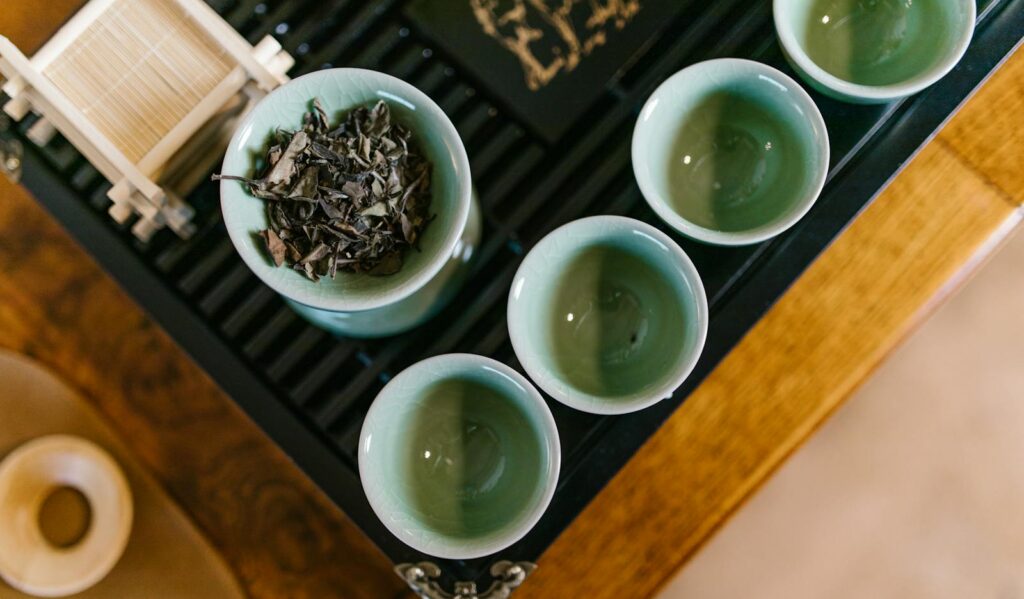
The Art of Brewing: How to Properly Use a Chinese Tea Set
Introduction Brief overview of Chinese tea culture Chinese tea culture is an ancient tradition steeped in history, philosophy, and artistry. It dates back thousands of years, with tea drinking originating in ancient China around the Shang Dynasty (16th – 11th century BC). Over the centuries, tea has transformed from a medicinal drink into a…

Discover the Health Benefits of Oolong Tea: A Comprehensive Guide
Introduction to Oolong Tea Oolong tea, a traditional Chinese beverage, occupies a unique space in the tea world, bridging the gap between green and black teas. Known for its rich flavour profile and complexity, oolong is semi-oxidized, which contributes to its distinctive characteristics. The name “oolong” translates to “black dragon” in Chinese, a nod…
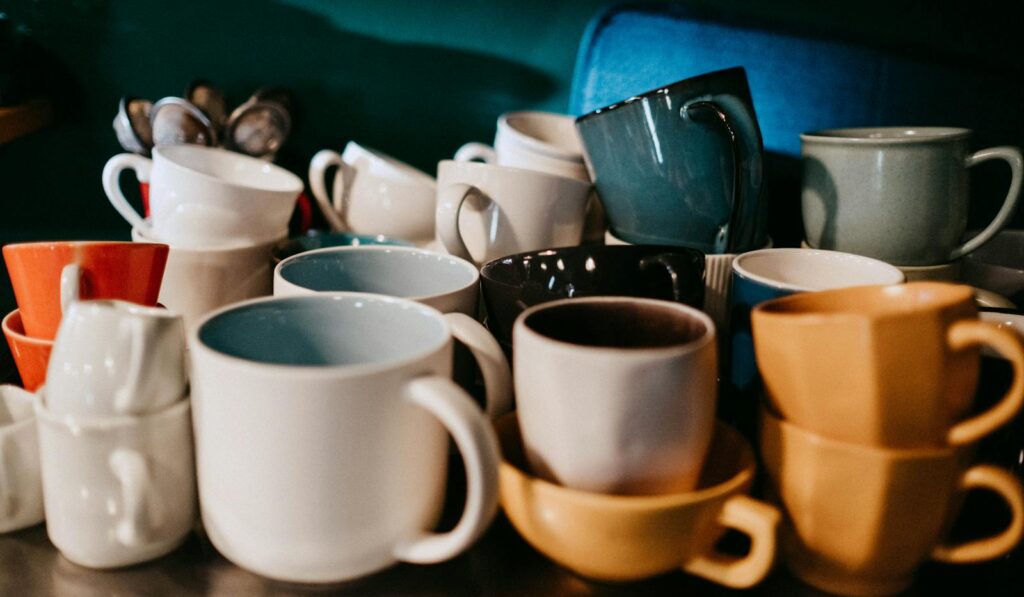
The Ultimate Guide to Choosing the Perfect Tea Set for Your Home
Understand the Importance of Selecting the Right Tea Set When it comes to enjoying a good cup of tea, the choice of tea set can profoundly influence the overall experience. A tea set is not merely a collection of cups, pots, and saucers; it is a symbol of culture, tradition, and a cherished ritual…
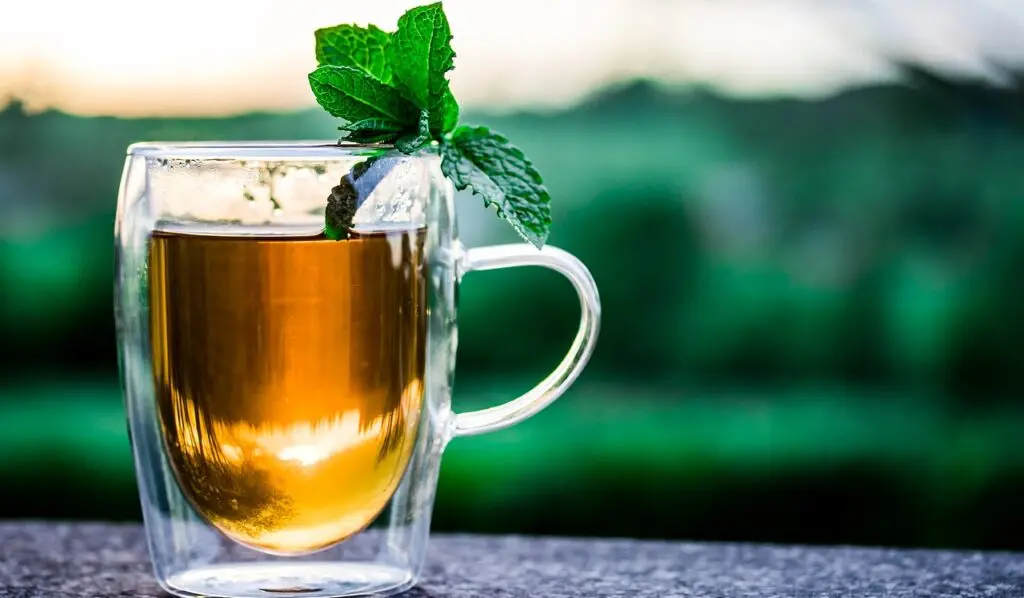
7 Surprising Health Benefits of Drinking Peppermint Tea Daily
Peppermint tea has earned its place as a cherished beverage around the world, known not only for its refreshing flavor but also for its potential health benefits. This invigorating herbal tea, derived from the leaves of the peppermint plant (Mentha × piperita), has a rich history that dates back thousands of years, used medicinally by ancient civilizations and enjoyed for its soothing properties. Today, more people are discovering the myriad of advantages that come with a cup of peppermint tea.
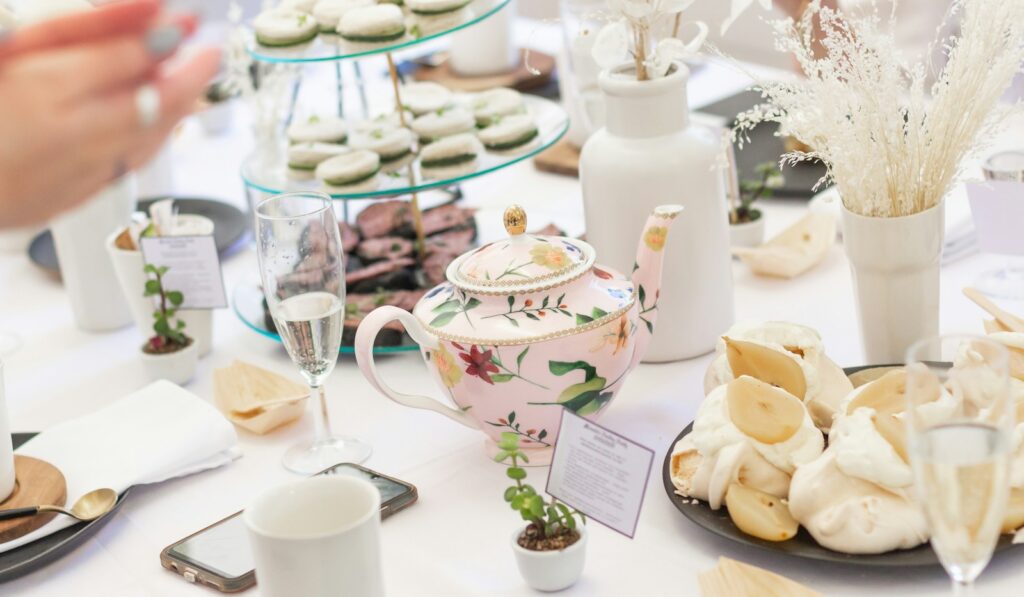
10 Charming Tea Party Themes to Delight Your Guests
Introduction to Tea Party Themes Tea parties are a delightful way to gather friends and family for an afternoon of conversation, laughter, and, of course, delicious tea. They offer a perfect opportunity to showcase creativity through themes that can transform an ordinary gathering into an enchanting experience. The beauty of hosting a tea party…
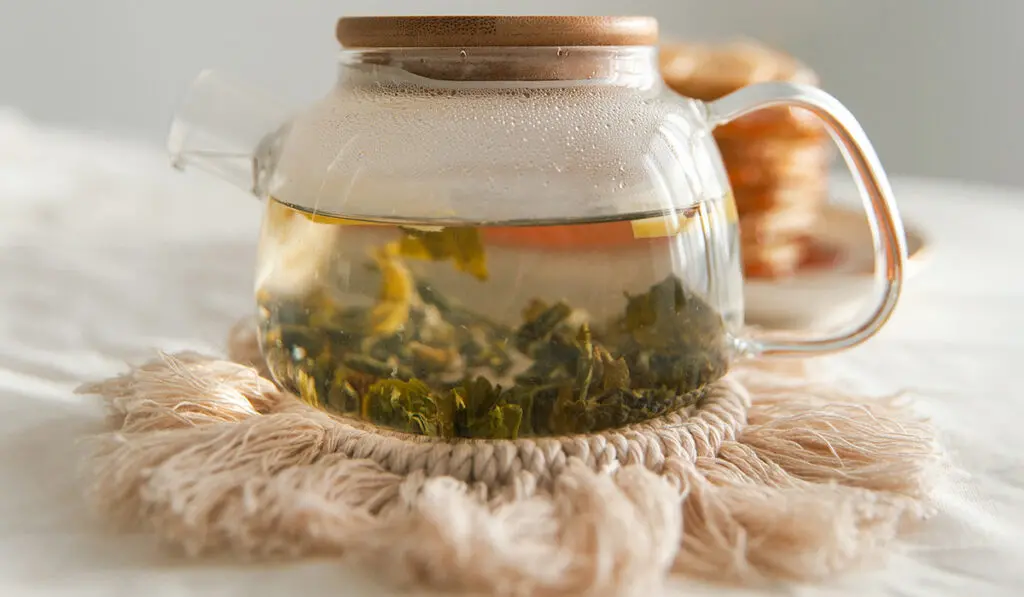
Discovering White Tea: Origins & Brewing Techniques
It dawned on me that I’ve never done an introduction to each of the tea categories. Information like this might be old hat for some of you but I think those that are new to tea who might find it useful. Over the next few weeks, I’ll be covering a different type of tea each […]
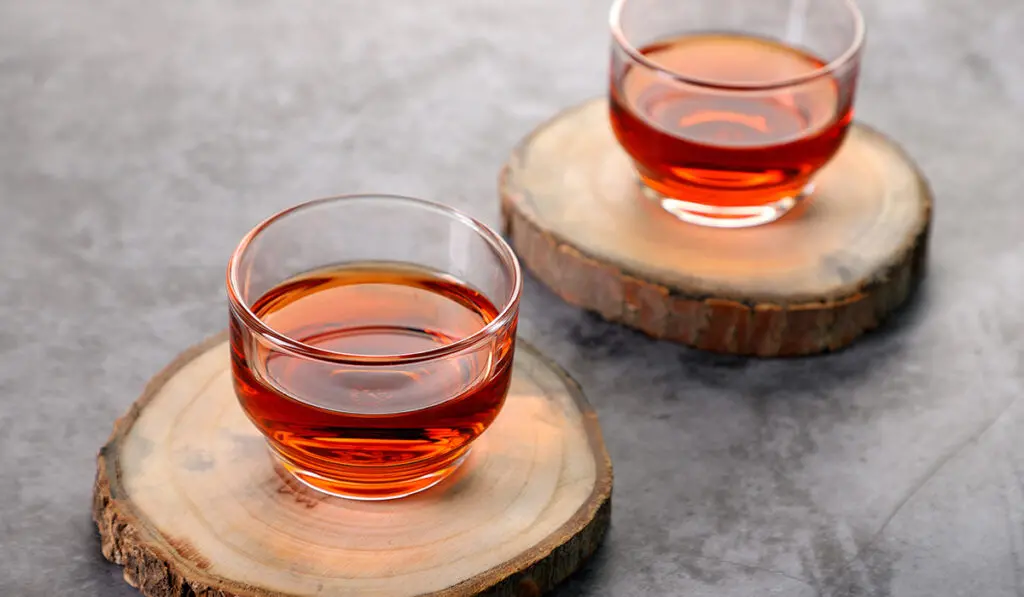
Enchanting Black Tea: Origins, Varieties & Brewing
Origins The history of black tea can be traced to the late Ming Dynasty in the Fujian Province of China. There are various legends about how it came to be but the very first black tea was Zhen Shan Xiao Zhong, otherwise known as Lapsang Souchong. Fujian is still the main production area but Anhui […]
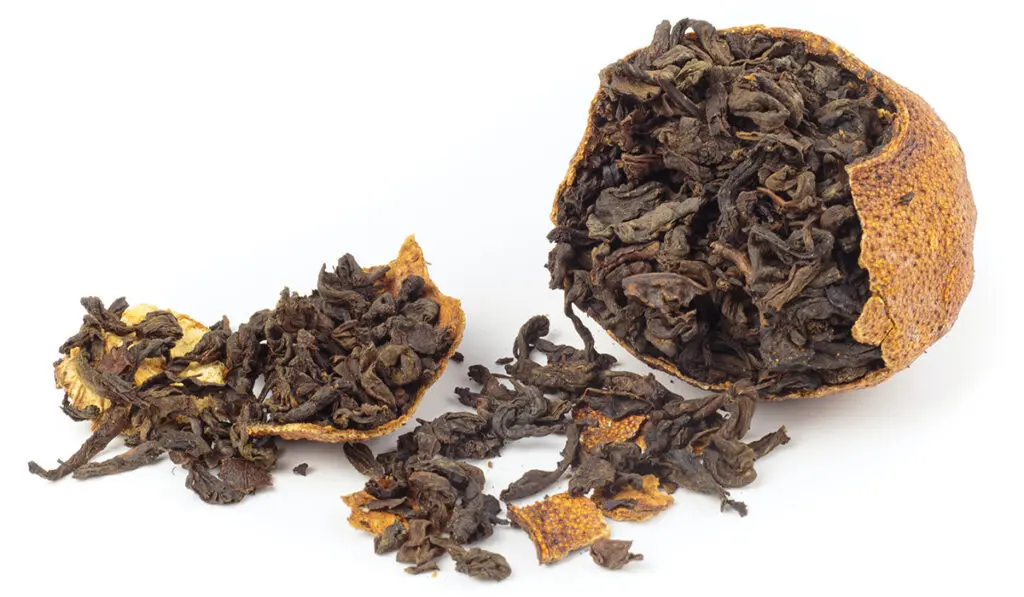
Unveiling Puerh Tea: Origins, Varieties, & Brewing
We’ve arrived at the final installment of introductory guides to each type of tea. I was worried these posts might be too “old hat” for seasoned tea drinkers but they are important for newbies. Thanks for hanging in there folks! Origins Puerh is part of a larger category known as heicha (dark tea). It is […]


